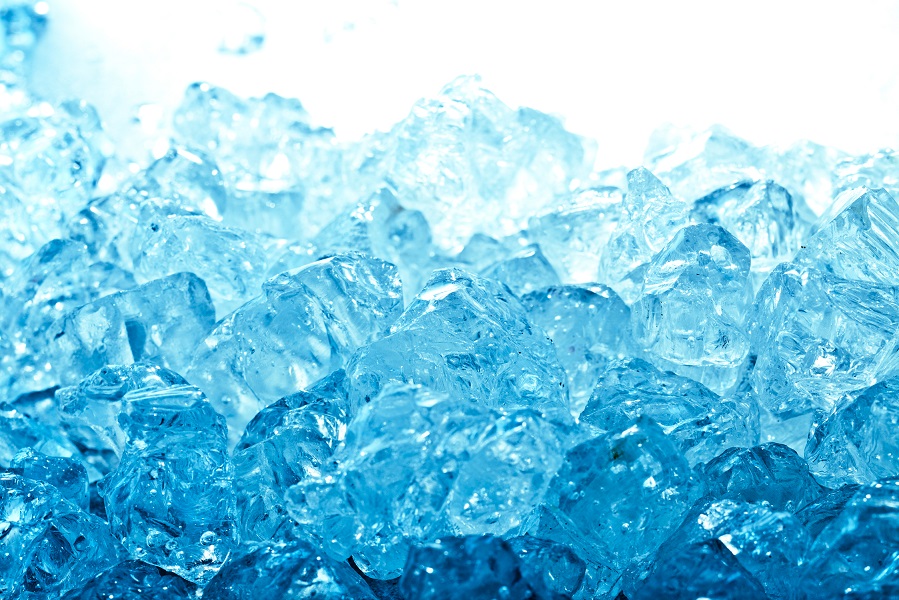Most of us enjoy, both at home and the office, ice cubes. Each one enjoys this pleasure in his and her own way. From aesthetic treatments to delicious cold drinks, having high-quality ice always at hand is a constant need that endures time. However, the clear majority of people watch how ice cube making machines do their thing while ignoring the process behind, how things truly happen.
How do these machines work? Which is the science that makes everything possible? It turns out that it’s a very interesting process, which is also perfectly understandable for most people.
As always, at ITV Ice Makers, we are fans of the ice industry and we are constantly transmitting curious facts to our readers. This is occasion, we are going to explain the mystery behind the ice cube making machines.
The Innovation Behind Perfect Ice Cubes
Before explaining one of the most standardized processes in the ice industry, we need to make something very clear: getting perfect ice cubes is not always a priority for some manufacturers. While it is true that ITV is well known for its ice cubes’ perfection, other companies using similar ice fabrication processes aren’t always paying enough attention to quality, only to quantity.
This means that the process behind the ice cube making machines isn’t always related to a high-quality final product. To achieve this, every step of the process is adjusted perfectly, using only but the best materials to get satisfying results.
Understanding the Process
The process that allows the ice cube making machines to do their magic begins with the emission of a refrigerant gas within a set of small coils. When this gas is forced into the coils, the pressure generates a natural increase in temperature.
Now, having hot gas, at an adequate temperature, this refrigerant gas moves towards a series of higher-width tubes within the system. When it cools down, the gas begins to condensate.
Such refrigerant gas within the coils becomes liquid. The gas’ condensation is taken to an evaporator, usually made of stainless steel, which has a double discharge design. Now, while all this process takes place, there is a water reservoir that keeps the liquid flowing constantly over the evaporator’s top. This simple action is what freezes the water until it becomes solid ice.
The ice cube making machines rely on water becoming ice at 32 degrees Fahrenheit. However, to make this happen so precisely, it’s important for the water to be pure. The smallest impurities in the water may directly affect its capacity to become ice at the expected temperature. Because of this, these systems usually include filters that purify the water while flowing through the system itself.
Then, with the water already frozen, thanks to the evaporator, it begins the ice cubes’ elaboration. The ice falls into dispensers that have the predetermined shapes for the cubes. From there, it goes out of the machine.
What Happens with Your Common Refrigerator
Many people have a refrigerator at home with ice cube dispenser features. However, the process here is different. Because the refrigerator’s main purpose isn’t producing ice but to refrigerate food at a less aggressive temperature, this kind of equipment does not have a dedicated system.
Unlike ice cube making machines, the refrigerator with ice cube dispenser features has a small and compact system for in-situ production. The water falls into simple trays with the ice cube’s shape, which cools down due to the freezer’s inner temperature. Once the water gets frozen in the trays, an electric resistance in the trays’ floor activates, melting the ice cube’s face that it’s making it adhere to the plastic. In that moment, a small lever spins and pulls out the ice from the production tray, failing into the dispenser’s plate.


